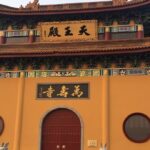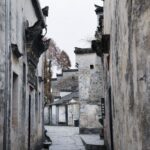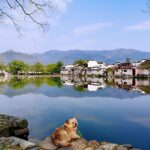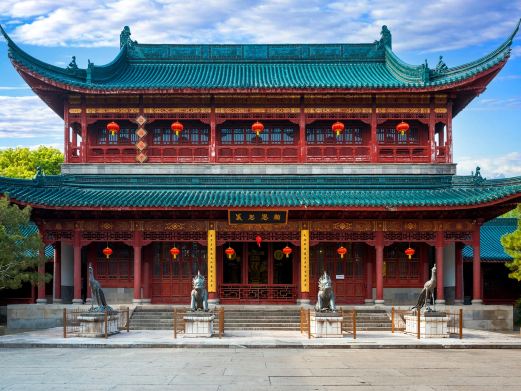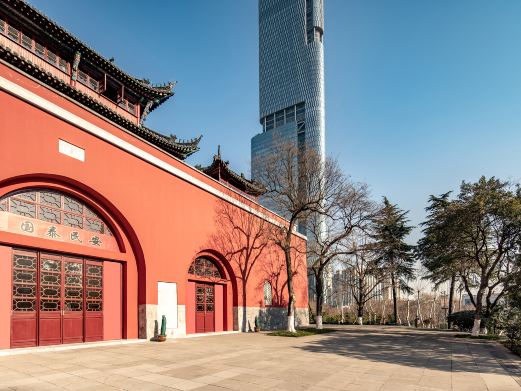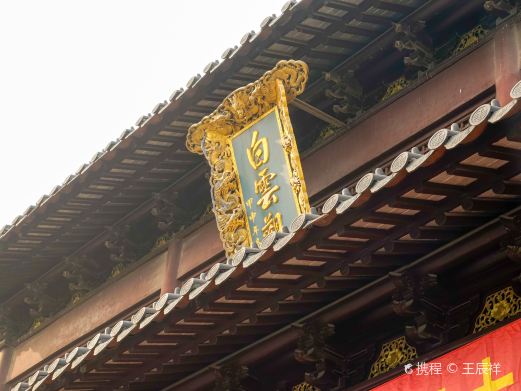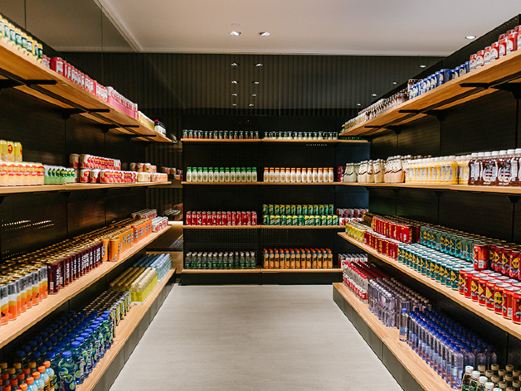Luyuan Town was originally a place where King Fuchai of Wu raised deer in the Spring and Autumn Period and got its name from this. By the Song and Yuan dynasties, Luyuan had formed a market town. After the Ming and Qing dynasties, the market was prosperous and merchants gathered, becoming a large town by the river. Luyuan Ancient Town has a long history, developed culture and many historical sites. The stoneware, jadeware and pottery unearthed at the Xuwang Neolithic site in the territory indicate that there were ancestors living and multiplying on this ancient land more than 6,000 years ago.
Now there is the Hongji Bridge built in the first year of Tianqi in the Ming Dynasty (1621) on the east street of the town. Not far to the west of the town is the Dongdu Garden, which is the departure place for Master Jianzhen to successfully sail to Japan. To the north of the town is the Yantie Pond, which is said to be opened by King Bi of Wu in the Western Han Dynasty to transport salt and iron. In the middle of the Song Dynasty, in order to prevent seawater from flowing back, a sea embankment (also known as a sea dam) stretching for hundreds of miles was built parallel to the Yantie Pond. The remains of the smoke beacons built in the Jiajing period of the Ming Dynasty and used for reporting Japanese invaders can be clearly distinguished. To the east of the town, there is a ginkgo tree planted in the Dade period of Chengzong in the Yuan Dynasty (1297 – 1307). Now it is listed as a provincial-level cultural relic. The opening hours are subject to the opening status on the day.
Luyuan Town
Luyuan Town was originally a place where King Fuchai of Wu raised deer in the Spring and Autumn Peri[...]



